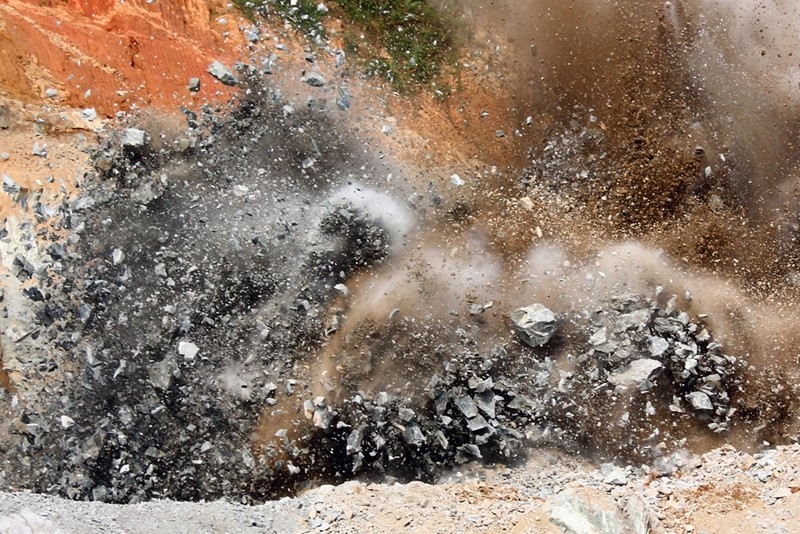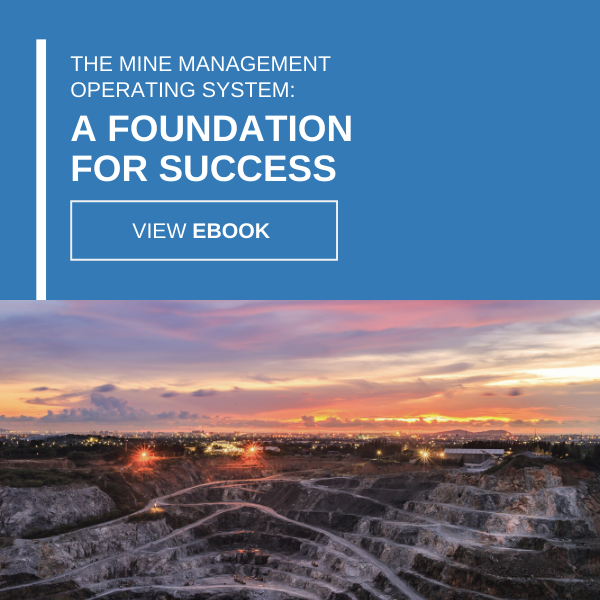-
Subscribe to Blog:
SEARCH THE BLOG
CATEGORIES
- Aerospace
- Asset Maintenance
- Automotive
- Blog
- Building Products
- Case Studies
- Chemical Processing
- Consulting
- Food & Beverage
- Forestry Products
- Hospitals & Healthcare
- Knowledge Transfer
- Lean Manufacturing
- Life Sciences
- Logistics
- Manufacturing
- Material Utilization
- Metals
- Mining
- News
- Office Politics
- Oil & Gas
- Plastics
- Private Equity
- Process Improvement
- Project Management
- Spend Management
- Supply Chain
- Uncategorized
- Utilities
- Whitepapers
BLOG ARCHIVES
- July 2025 (1)
- June 2025 (4)
- May 2025 (1)
- April 2025 (1)
- March 2025 (1)
- February 2025 (4)
- January 2025 (4)
- December 2024 (4)
- November 2024 (2)
- October 2024 (6)
- September 2024 (5)
- August 2024 (5)
- July 2024 (6)
- June 2024 (3)
- May 2024 (3)
- April 2024 (4)
- March 2024 (3)
- February 2024 (4)
- January 2024 (5)
- December 2023 (2)
- November 2023 (1)
- October 2023 (6)
- September 2023 (3)
- August 2023 (4)
- July 2023 (2)
- June 2023 (3)
- May 2023 (7)
- April 2023 (3)
- March 2023 (3)
- February 2023 (5)
- January 2023 (6)
- December 2022 (2)
- November 2022 (5)
- October 2022 (5)
- September 2022 (5)
- August 2022 (6)
- July 2022 (3)
- June 2022 (4)
- May 2022 (5)
- April 2022 (3)
- March 2022 (5)
- February 2022 (4)
- January 2022 (7)
- December 2021 (3)
- November 2021 (5)
- October 2021 (3)
- September 2021 (2)
- August 2021 (6)
- July 2021 (2)
- June 2021 (10)
- May 2021 (4)
- April 2021 (5)
- March 2021 (5)
- February 2021 (3)
- January 2021 (4)
- December 2020 (3)
- November 2020 (3)
- October 2020 (3)
- September 2020 (3)
- August 2020 (4)
- July 2020 (3)
- June 2020 (5)
- May 2020 (3)
- April 2020 (3)
- March 2020 (4)
- February 2020 (4)
- January 2020 (4)
- December 2019 (3)
- November 2019 (2)
- October 2019 (4)
- September 2019 (2)
- August 2019 (4)
- July 2019 (3)
- June 2019 (4)
- May 2019 (2)
- April 2019 (4)
- March 2019 (4)
- February 2019 (5)
- January 2019 (5)
- December 2018 (2)
- November 2018 (2)
- October 2018 (5)
- September 2018 (4)
- August 2018 (3)
- July 2018 (2)
- June 2018 (4)
- May 2018 (3)
- April 2018 (3)
- March 2018 (2)
- February 2018 (2)
- January 2018 (1)
- December 2017 (1)
- November 2017 (2)
- October 2017 (2)
- September 2017 (1)
- August 2017 (2)
- July 2017 (2)
- June 2017 (1)
- April 2017 (3)
- March 2017 (3)
- February 2017 (2)
- January 2017 (2)
- December 2016 (2)
- November 2016 (4)
- October 2016 (4)
- September 2016 (3)
- August 2016 (6)
- July 2016 (4)
- June 2016 (4)
- May 2016 (1)
- April 2016 (3)
- March 2016 (4)
- February 2016 (2)
- January 2016 (4)
- December 2015 (3)
- November 2015 (3)
- October 2015 (1)
- September 2015 (1)
- August 2015 (4)
- July 2015 (6)
- June 2015 (4)
- May 2015 (7)
- April 2015 (6)
- March 2015 (6)
- February 2015 (4)
- January 2015 (3)
CONNECT WITH US
Tag Archives: Backfill
An ancillary component to all mining operations, perhaps more so than any industry, is mining safety. Everything mine workers and their foremen do throughout their day-to-day itinerary should include extra attention to adhering to mining safety standards and improving on them wherever possible.
Though the U.S. Department of Labor’s Mining Safety and Health Administration reported workplace fatalities have plummeted over the last 40 years from around 250 annually in the late 1970s to under 50 in 2014, securing employees against risk protects them as much as the business itself. After all, time spent recovering from an injury chips away at a mining company’s productivity. In the end, it’s in everyone’s best interests to increase minig safety and prevent harm for both medical and financial reasons.
Taking extra precautions need not complicate the task at hand – safety and efficiency aren’t mutually exclusive. In fact, foremen and managers seeking to optimize processes and improve the quality of their risk prevention can do so by simply focusing on improving efficiency in target areas.
Fragmentation
As the first step to the mining process, fragmentation can have an incredible impact on mine development and even auxiliary operations. Proper fragmentation can align ore extraction with daily objectives, which subsequently allows workers and engineers to utilize mining and transport equipment at peak efficiency. It’s important every load sent to the surface doesn’t fall short of its predicted capacity, otherwise mine operators unnecessarily expend fuel, pay staff to work longer hours, and wear down machinery, all for a less-than-anticipated return. As such, implementing an intelligent, data-driven approach to fragmentation that consistently provides adequate resources helps everything after and beyond flow smoothly.

A clean, controlled explosion can help miners perform their duties with greater efficiency.
With all that in mind, we are talking about explosions, however controlled they may be. Luckily, some of the greatest mining safety tools also promote efficiency. According to a study by the Department of Mining Engineering at the Federal University of Technology in Akure, Nigeria, to protect workers from inefficiency, as well as safety hazards like fly rocks, miners should pay closer attention to rockmass and blast parameters. Just as a well-executed fragmentation sets up workers for ideal extraction conditions, a comprehensive assessment of rock density and placement of explosives enhance the effectiveness of the fragmentation. Additionally, competent adjustments to blast hole diameters and borehole depth reduces overburden and minimizes extraneous equipment use, which again, cuts down on energy, wear-and-tear, and time spent on-site that detracts from extraction.
When an occupation includes handling high explosives as part of the job description, it can feel as though a piece of everyday operations will be left to chance. However, mining professionals know that’s far from the truth. Businesses can takes steps toward calibrating their fragmentation, fine tuning it until it maximizes production and mining safety.
“Without ample attention paid to communication services, miners and engineers can lose productivity and decrease mining safety.”
Signal strength
Communication in the mining industry remains a multifaceted issue with a variety of considerations. Mining is one of the rare instances of workers performing 12 to 14 hour shifts over many consecutive days. In this business model, foremen and managers get the most out of their teams, which keeps production moving and on quota. That said, without ample attention paid to communication services, miners and engineers can lose productivity and the resources they need to stay safe.
Network communication provider Globecomm broke down mining communication into two basic hemispheres: reachback and mine site communication. Reachback communication connects the quarry with the outside world via telecommunications and Internet, typically used as a means for connecting “boots on the ground” with headquarters. However, as the Internet continues to grow in popularity as a source of entertainment, a reliable Wi-Fi or wired connection for workers to use during downtime keeps spirits high after intense physical labor. Moreover, during the workday, reliable web services and telecommunications also allow miners to perform research, supplying them with the information they need to do their jobs safely and efficiently.
To that same end, high-quality communication between workers can not only keep continuous processes in full swing, but at a blast site that uses explosives and industrial equipment to rend solid rock, it can also save lives in an industry. Workers should always have a reliable channel of communication to prevent accidental injuries. Additionally, as mining technology continues to advance, companies will also begin integrating more data-powered machinery, which will also require a strong network connection on which to transmit information.
Foremen, miners and engineers understand mining safety is not an option in their line of work, but a necessity, one that doesn’t have to be leveraged against filling orders on time and at allocation. By employing mining safety measures as a means to highlight areas of operation in need of an efficiency boost, these workers can have the best of both worlds.





